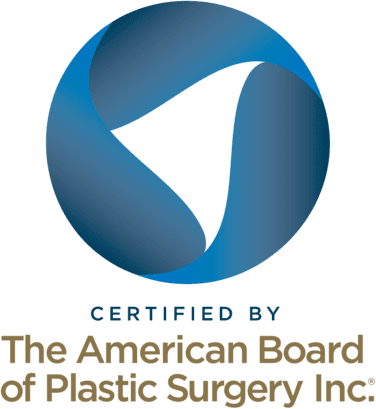Raising Your Arms After Top Surgery
Medically reviewed by Dr. Scott Mosser on July 27, 2024
One of the most frequently asked questions we receive about top surgery is: what are my limitations to arm mobility during recovery? Since certain arm movements can pull on your incision, limiting mobility after top surgery can help minimize scarring. Specifically, we ask most patients to avoid lifting their arms above their shoulders for the first 6 weeks after surgery. That said, some patients may need to prioritize shoulder mobility exercises during recovery for medical reasons or because of their lifestyle. Here we provide recommendations to help you avoid shoulder injuries and/or reduce your scars as you heal from top surgery, depending on your needs and priorities.
What are the general guidelines for limiting arm mobility after top surgery?
The following are our general guidelines for limiting arm movement after top surgery. The instructions that your surgeon will give you may differ based on your unique situation. For this reason, please inform your surgeon during your free consultation if you have had a previous shoulder injury, if you experience shoulder pain and/or if you engage in a physical activity that involves extreme arm movement (like rock climbing, freestyle swimming, or being an aerialist).
Patients should avoid raising their arms above their shoulders for the first 6 weeks after top surgery. Image 1 depicts the typical maximum height for arms and elbows for the first 6 weeks of healing: just under shoulder height, no matter the orientation of the arms (in front, out to the side, etc.). Exceptions may apply. Please note, however, that raising your arms above your shoulders during this time may widen chest scars and cause discoloration.
Beyond the limiting arm mobility during the first six weeks, we have created a post-operative rehabilitation guide for top surgery patients with Dr. Jennifer Crane (she/her) of Cirque Physio. This guide includes information on how to regain full active overhead range of motion without increasing your pain or discomfort. It also includes considerations for patients with existing shoulder problems (like arthritis, tendinitis or a previous injury), Ehlers Danlos Syndrome, hypertrophic scarring and more.
What should I do if I am prone to shoulder pain and/or tightness?
Patients who are prone to shoulder tightness and/or experience shoulder pain before surgery may want to check on their shoulder mobility during recovery. One way to assess shoulder mobility is by lifting your elbows above your shoulder and pointing them straight up, as seen in Image 2. For patients that would like to prioritize minimizing their scars, we recommend that you limit performing this exercise to once a month.
If this exercise causes pain or tension, we will need to order physical therapy for your shoulder either through our office or your primary care provider. Likewise, if you experience pain or tightness, please do not push yourself to reach your arms all the way up.
If you have an adequate range of motion and do not experience tightness or pain in your shoulders, then you can continue the activity restriction of having the elbows below the shoulders at all times during the first 6 weeks after surgery.
As always, the more information you are able to provide regarding pre-existing shoulder injuries with us during your free, virtual and/or in-person consultations, the better we will be to help tailor a recovery plan to fit your needs. While physical therapy may cause your scars to widen or experience discoloration while healing, it is important to have your full range of motion without pain or tightness. We can work with you to ensure your scars heal as well as possible and if need be, perform a scar revision surgery.
How can I minimize my scarring after top surgery?
One of the most common concerns about top surgery is minimizing scars. Besides not raising your arms above your shoulders for the first 6 weeks after surgery we have compiled a guide on other ways to minimize the appearance of your scars. For example, wearing sunscreen over your scars and using silicone treatments (like gel or tape) for your first year after surgery can help advance healing. For more information, click here.
Request a Free Surgical Consultation Today.
All virtual and in-person consultations with our board-certified surgeons are free. Once you fill out this form, our patient care team will reach out and guide you through every step to get to surgery.






